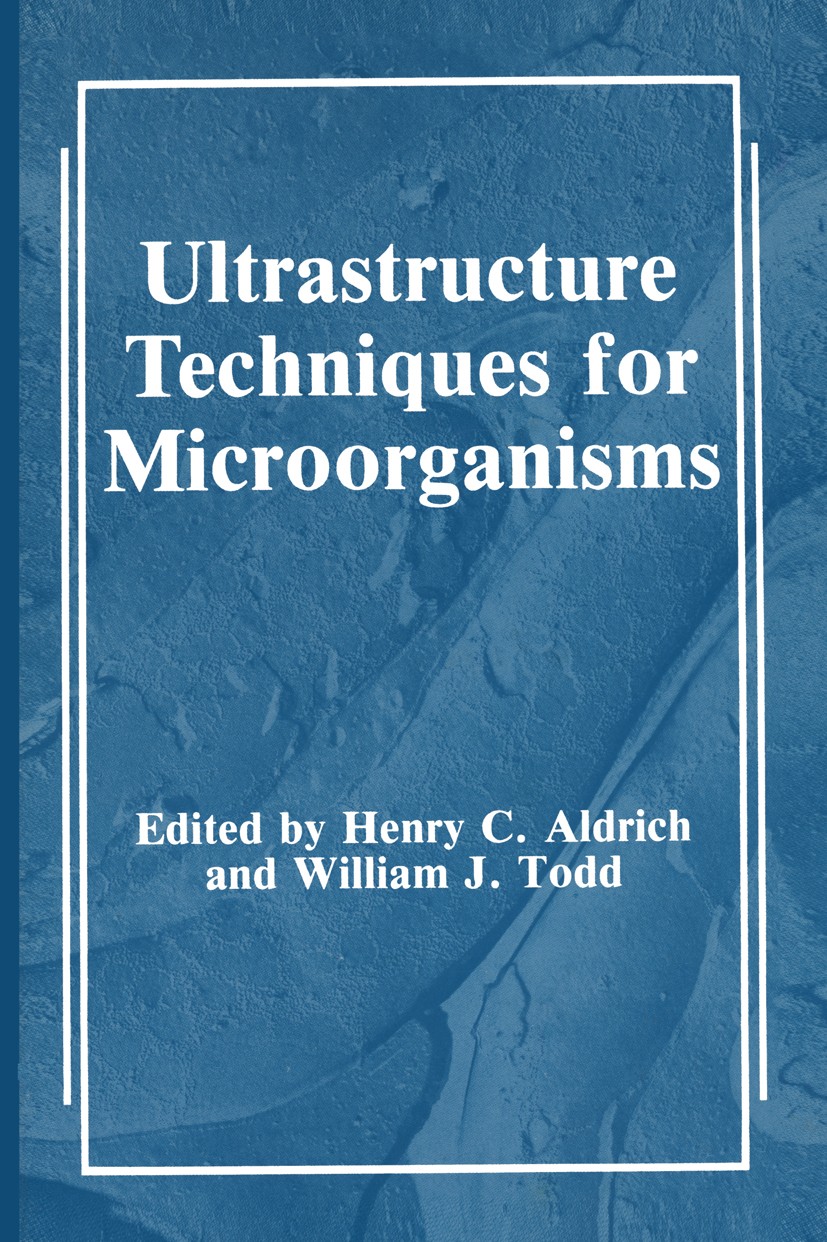| 书目名称 | Ultrastructure Techniques for Microorganisms | | 编辑 | Henry C. Aldrich,William J. Todd | | 视频video | http://file.papertrans.cn/941/940652/940652.mp4 | | 图书封面 |  | | 描述 | The modem microbiologist is often a real specialist who has difficulty under standing and applying many of the techniques beyond those in his or her own immediate field. On the other hand, most benefits to modem microbiology are obtained when a broad spectrum of scientific approaches can be focused on a problem. In early studies, electron microscopy was pivotal in understanding bacterial and viral morphology, and we still feel that we will understand a disease better if we have seen an electron micrograph of the causative agent. Today, because there is an increased awareness of the need to understand the rela tionships between microbial structure and function, the electron microscope is still one of the most important tools microbiologists can use for detailed analysis of microorganisms. Often, however, the aforementioned modem microbiologist still thinks of ultrastructure as involving negative staining or ultrathin sectioning in order to get a look at the shape of a "bug. " Many of the newer ultrastructure techniques, such as gold-labeled antibody localization, freeze-fracture, X-ray microanalysis, enzyme localization, and even scanning electron microscopy, are poorly under sto | | 出版日期 | Book 1986 | | 关键词 | Seen; antibody; biology; cell; microbiology; microorganism; morphology | | 版次 | 1 | | doi | https://doi.org/10.1007/978-1-4684-5119-1 | | isbn_softcover | 978-1-4684-5121-4 | | isbn_ebook | 978-1-4684-5119-1 | | copyright | Plenum Press, New York 1986 |
The information of publication is updating

|
|
 |Archiver|手机版|小黑屋|
派博传思国际
( 京公网安备110108008328)
GMT+8, 2025-11-5 22:32
|Archiver|手机版|小黑屋|
派博传思国际
( 京公网安备110108008328)
GMT+8, 2025-11-5 22:32


